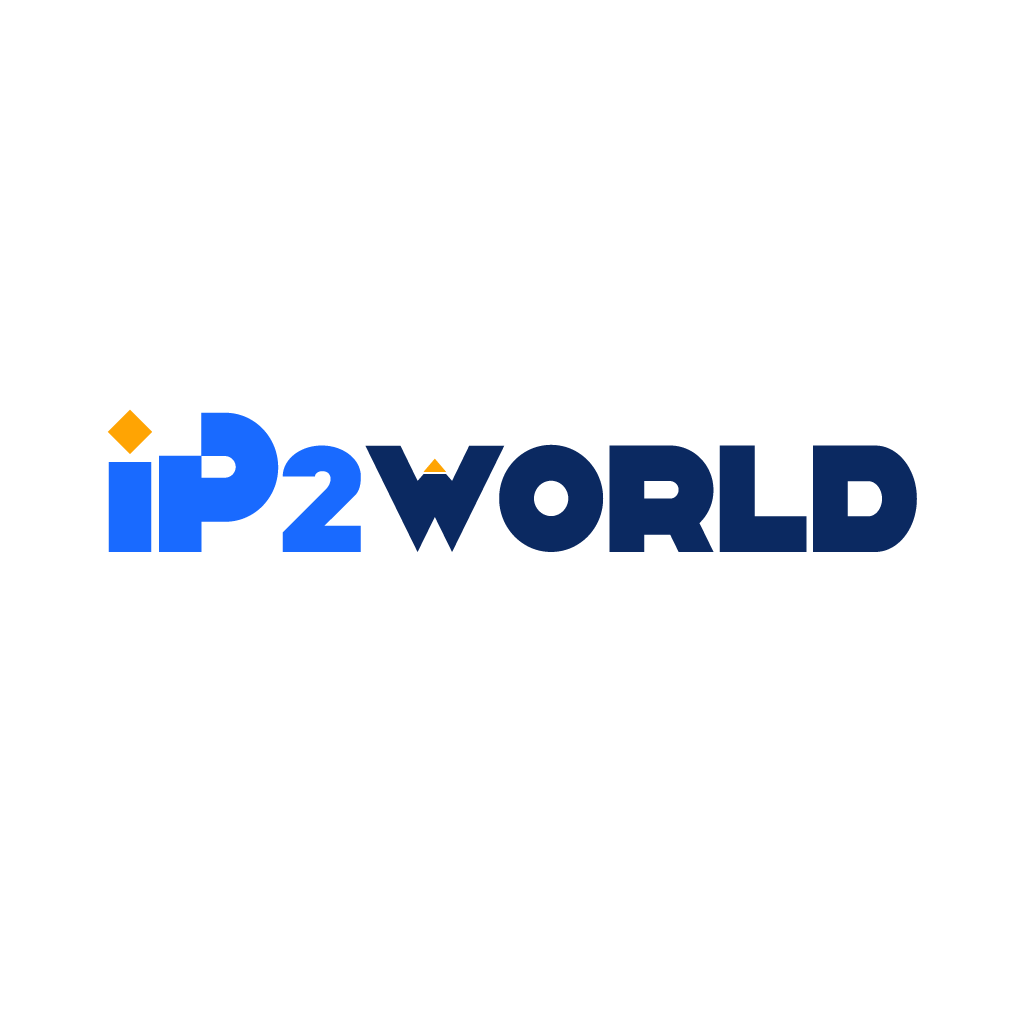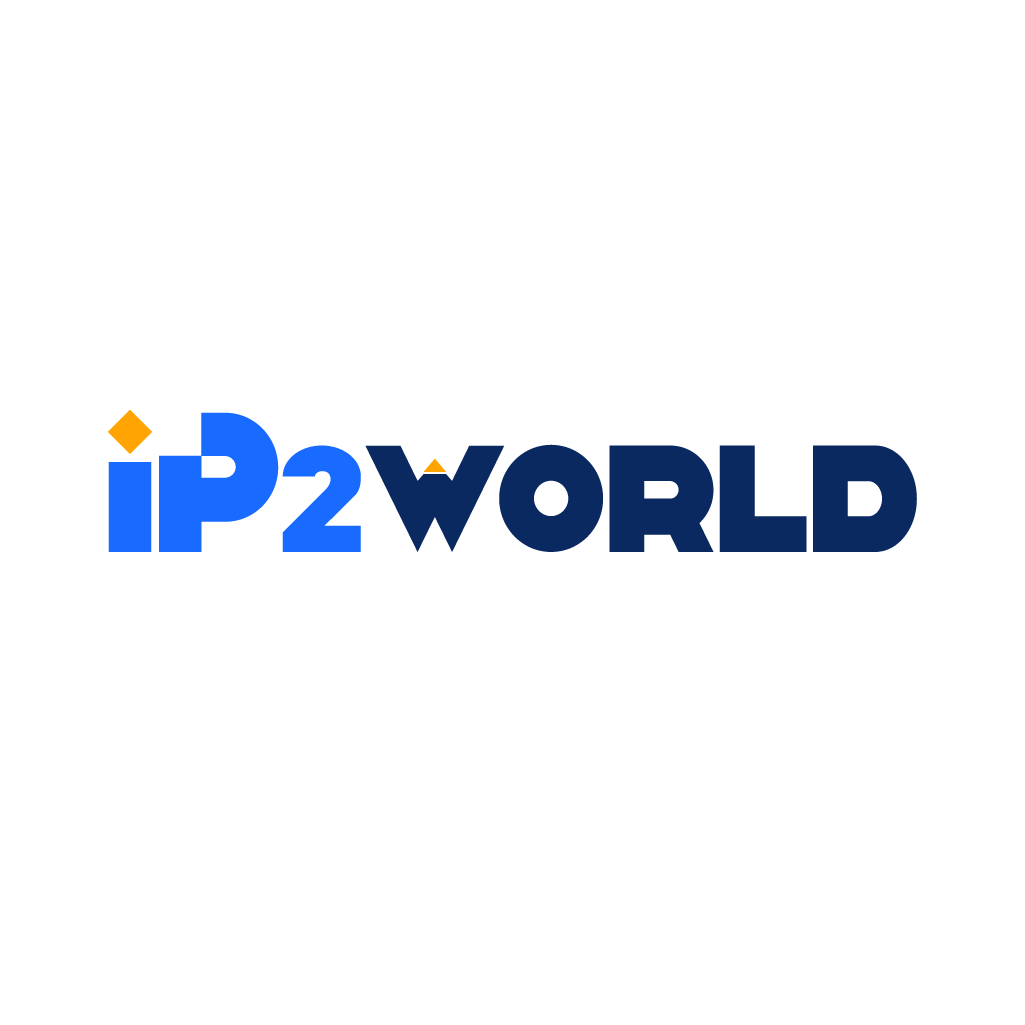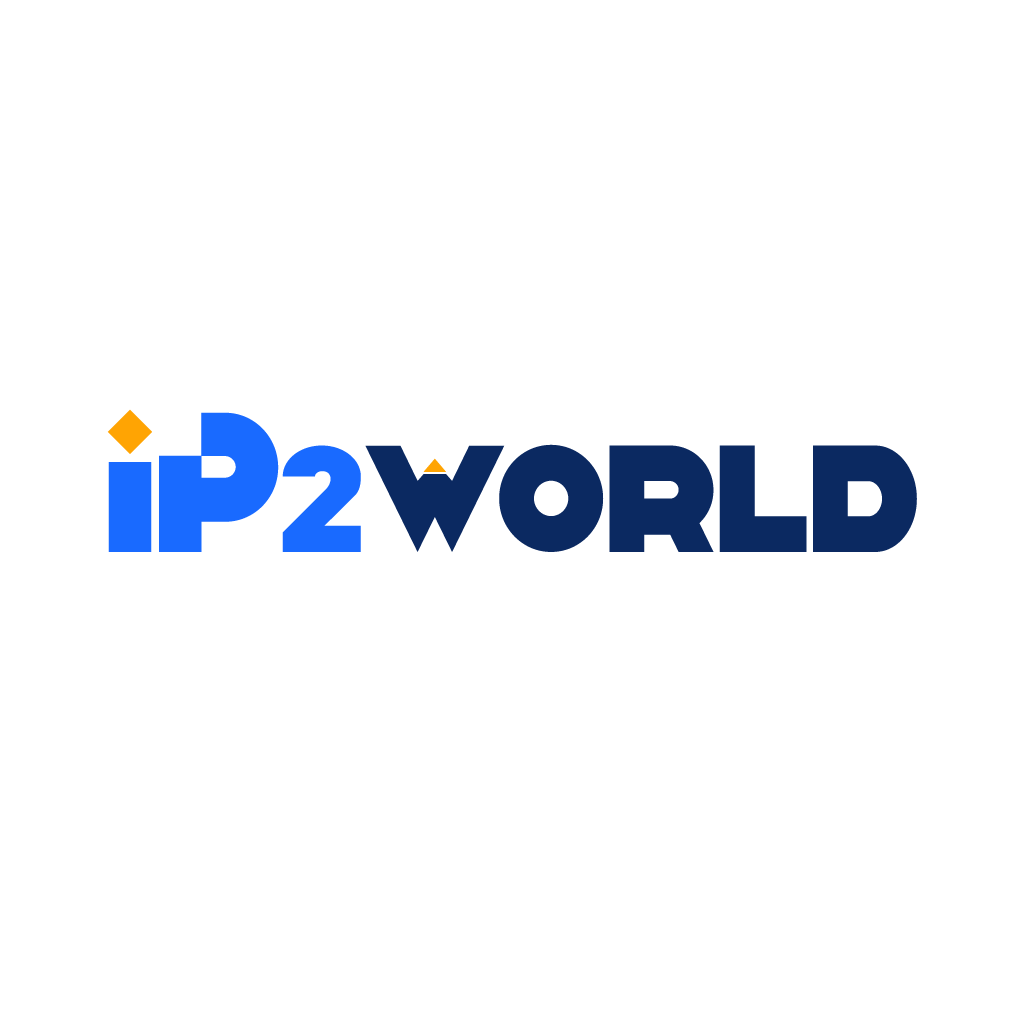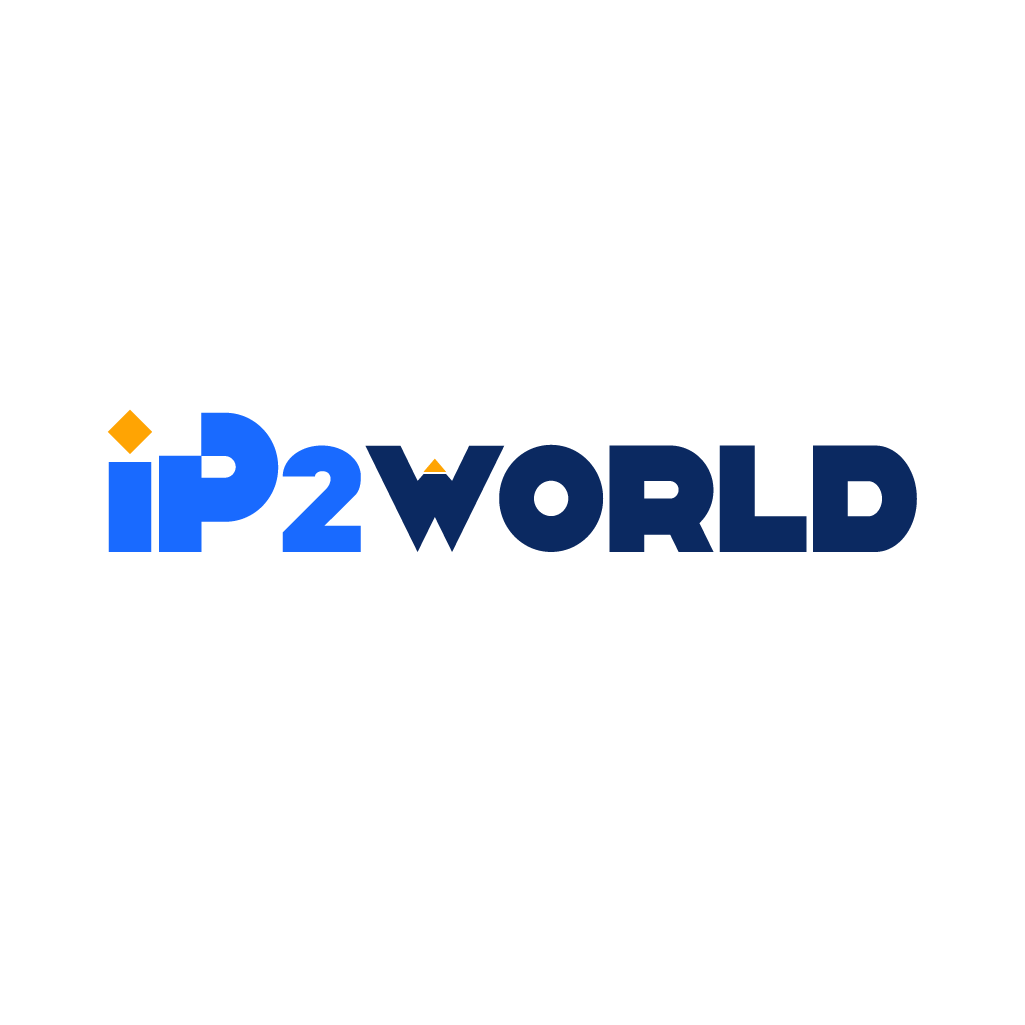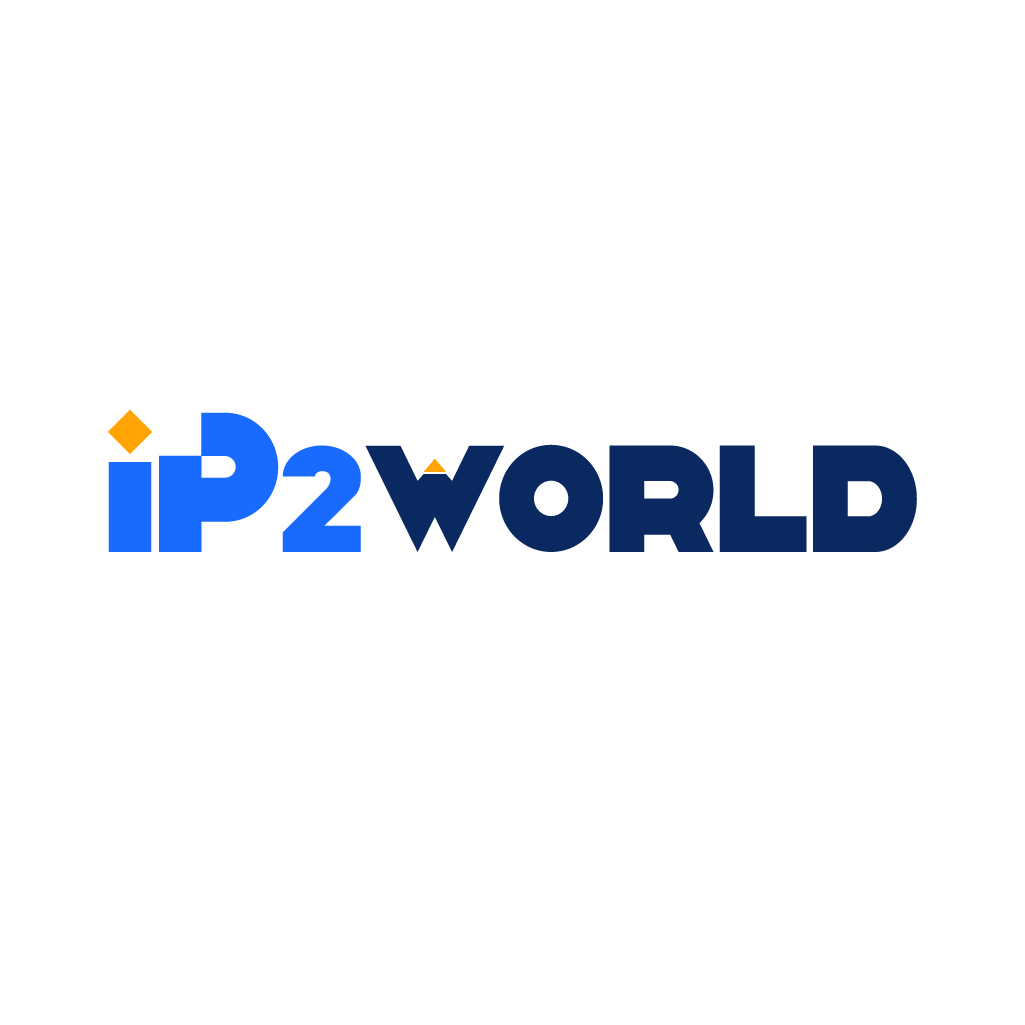Introduction:In today's ever-evolving digital landscape, advertising isn't just about getting your message out there—it's about making sure it resonates, engages, and converts. From the direct allure of Product Listing Ads to the immersive experience of video content, businesses have a plethora of tools at their disposal. But what makes each of these methods tick? This comprehensive guide dives deep into the realms of digital advertising, showcasing their unique strengths, potential challenges, and best practices to help you craft campaigns that truly resonate. Section 1: Product Listing Ads (PLAs) Product Listing Ads, or PLAs, stand as a cornerstone for many e-commerce businesses. Visually driven, they offer consumers a direct view of the product, alongside key information like pricing and retail sources. - Platforms that support PLAs: Beyond major search engines like Google and Bing, there are also various e-commerce platforms and marketplaces that have integrated PLAs into their advertising arsenal. Google Shopping, for example, not only displays the product but offers a price comparison, leading to informed decisions for consumers. - Benefits: - Direct Approach: PLAs eliminate the need for a consumer to click through multiple pages. They are shown the product, its price, and where to buy it—all in a single glance. - Enhanced Click-Through Rates (CTR): Due to their visual nature and directness, PLAs generally experience higher CTRs than traditional search ads. - Improved Conversion Rates: As users already know the price and appearance of the product before they click, they're more likely to make a purchase once they're redirected. - Potential Drawbacks: - Cost Implications: Given their effectiveness, PLAs can be more expensive than other types of ads, especially in niches with high competition. - Continuous Optimization Needed: As the e-commerce space is continually evolving, advertisers must keep up. This means adjusting bids, updating product images, or tweaking product descriptions to ensure maximum visibility and engagement. Section 2: Display Ads Display Ads are the billboards of the digital highway. Positioned strategically on websites, they aim to capture attention and entice clicks through visual appeal. - Various Formats and Placements: - Banners: These are typically horizontal in format and can be found at the top, bottom, or side of web pages. - Skyscrapers: Tall and narrow, skyscrapers are ideally positioned in website sidebars. - Rectangles: Versatile in placement, they can be embedded within content or placed at the page's peripheries. - Interstitials: These are full-page ads that display before the desired content is shown. They're common on mobile apps and some websites. - Floating Ads: These appear above a site's content and move down or up the page as the user scrolls. - Role of Programmatic Buying and Real-Time Bidding: - Automated Efficiency: Programmatic buying utilizes algorithms to buy ad space, ensuring ads are shown to the right people at the right time, maximizing engagement and potential ROI. - Auction Dynamics: Real-time bidding (RTB) operates like a digital auction. Advertisers bid on an ad impression, and if they win, their ad is instantly displayed. This ensures competitive pricing and relevant ad placements. - Granular Targeting: Both programmatic buying and RTB allow for highly specific targeting, from demographics to user behavior, ensuring that ads resonate with the most relevant audience. Display ads, due to their visual nature and strategic placements, offer businesses a fantastic opportunity to boost brand awareness and drive conversions. However, as users become more accustomed to online ads, creativity and relevance are key to standing out and truly engaging the audience. Section 3: Demand-Side Platform (DSP) Ads Demand-Side Platforms (DSPs) have emerged as a transformative tool in the digital advertising landscape, primarily designed to help advertisers purchase ad placements in an automated fashion. These platforms work across various websites and apps, ensuring that ads are placed in front of the right audience at the right time. - How DSPs Revolutionize Advertising: - Unified Management: DSPs offer a consolidated dashboard where advertisers can manage and track campaigns across different ad exchanges, removing the need to juggle multiple accounts or platforms. - Data-Driven Insights: With real-time data at their fingertips, advertisers can make immediate decisions, adjusting campaigns based on performance metrics and audience engagement. - Optimized Spending: By automating the bid process and utilizing data analytics, DSPs ensure advertisers get the best value for their ad spend, minimizing wasted impressions. - Pros: - Scalability: DSPs provide access to a vast range of publishers, allowing for campaigns to have a broader reach. - Flexibility: Real-time adjustments mean campaigns can be tweaked on the fly based on immediate feedback. - Precision Targeting: With access to rich user data, ads can be directed at highly specific audience segments, enhancing relevance. - Cons: - Learning Curve: For those new to DSPs, there can be an initial complexity in understanding and navigating the platform. - Potential for Ad Fraud: Automated systems can sometimes place ads on less reputable sites or be duped by bot traffic, which could lead to wasted ad spend. Section 4: Affiliate Advertising Affiliate advertising stands as a testament to the power of collaboration in the digital age. Here, businesses and individuals partner, leveraging mutual strengths to drive mutual benefits—usually, sales for the business and commissions for the affiliate. - The Premise: - Collaborative Marketing: Affiliates use their platforms—be it a blog, YouTube channel, or social media—to promote a company's products or services. Their audience, already engaged and trusting of the affiliate's recommendations, are more likely to explore the promoted offerings. - Commission-Based Rewards: When a sale or specified action (like a sign-up) happens through the affiliate's referral link, they earn a commission. This ensures businesses only pay for tangible results. - Benefits for Businesses: - Cost-Effective: With payments based on actual sales or conversions, there's minimal financial risk involved. - Extended Reach: Affiliates, especially those with substantial followings, introduce brands to new, engaged audiences. - Trust Factor: Recommendations from trusted voices or influencers can enhance a brand's credibility and desirability. - Challenges: - Quality Control: Ensuring that affiliates represent the brand accurately and positively is crucial. Misrepresentation can harm a brand's reputation. - Dependency Risks: Over-reliance on a few key affiliates can pose risks. If they choose to end the collaboration or their platform sees diminished engagement, it could impact sales. - Commission Management: Tracking sales and ensuring timely and accurate commission payments require efficient systems in place. In essence, while both DSP and affiliate advertising offer significant advantages, they also come with their unique challenges. However, with an informed approach and continuous monitoring, businesses can maximize their benefits while minimizing potential pitfalls. Section 5: Social Media Advertising In the digital age, social media is not just a place for individuals to connect and share; it's a thriving marketplace and a platform for businesses to directly engage with their target audience. With its immersive, interactive, and personalized environment, social media provides unparalleled advertising opportunities. - Tailored Ad Campaigns: - Instagram: Known for its visually rich interface, Instagram caters to businesses with picturesque products or services. Whether it's the swipe-worthy carousel ads or the immersive full-screen stories, brands can showcase their offerings in a captivating manner. - LinkedIn: Catering to professionals, LinkedIn offers a more formal and targeted approach. Sponsored content, InMail, and display ads here focus on industry-specific content, job offerings, and B2B services. - Facebook: The social giant, Facebook, with its diverse user base, is perfect for a broad range of advertising campaigns—from brand awareness to app installations. - Cost Structures and Audience Targeting: - Flexible Budgeting: Platforms often provide flexible budgeting options, allowing businesses to set daily or lifetime budgets. - Precision Targeting: Whether you aim to target a 20-year-old college student interested in fashion or a 40-year-old CEO of a tech firm, social media platforms provide granular targeting. This includes demographics, interests, behaviors, and more. - Retargeting Capabilities: Ever wondered why you see ads for a product you just searched for? Platforms like Facebook enable retargeting, where users are shown ads based on their previous online activities, thereby increasing the likelihood of conversions. Section 6: The Art of Video Advertising The phrase "a picture is worth a thousand words" might need updating in the age of digital advertising to "a video is worth a million." Video content, with its dynamic and engaging nature, captures attention and emotions like no other medium. - Leading Platforms: - YouTube: As the second largest search engine in the world, YouTube offers a variety of ad formats, including pre-roll ads, non-skippable ads, and display ads that cater to different marketing objectives. - Facebook: With the introduction of Facebook Watch and in-feed video ads, the platform provides brands a space to share longer content and short, impactful advertisements. - TikTok: A relative newcomer but a global sensation, TikTok's short, engaging video format offers brands a unique way to connect with younger audiences, often through challenges and influencer partnerships. - Tips: - Engage Early: With attention spans dwindling, the first few seconds of your video are crucial. Hook viewers immediately with compelling visuals or questions. - Maintain Quality: A well-produced video can significantly impact brand perception. Invest in good production, even for short clips. - Optimized Duration: While platforms allow varying video lengths, it's essential to keep content concise and engaging, ensuring viewers stay till the end. Conclusion:The tapestry of digital advertising is rich, vibrant, and ever-changing. Whether a business is looking to tap into the vast audiences of social media, engage users with compelling video content, or create partnerships through affiliate marketing, understanding the nuances of each approach is crucial. While each method has its unique strengths and challenges, they all share a common goal: connecting with audiences in meaningful ways. As we venture further into this digital age, it's clear that adaptability, creativity, and strategic insight will be the guiding lights for businesses aiming to make their mark. So, equip yourself with knowledge, stay updated, and embrace the endless possibilities of digital advertising.
2023-09-15
